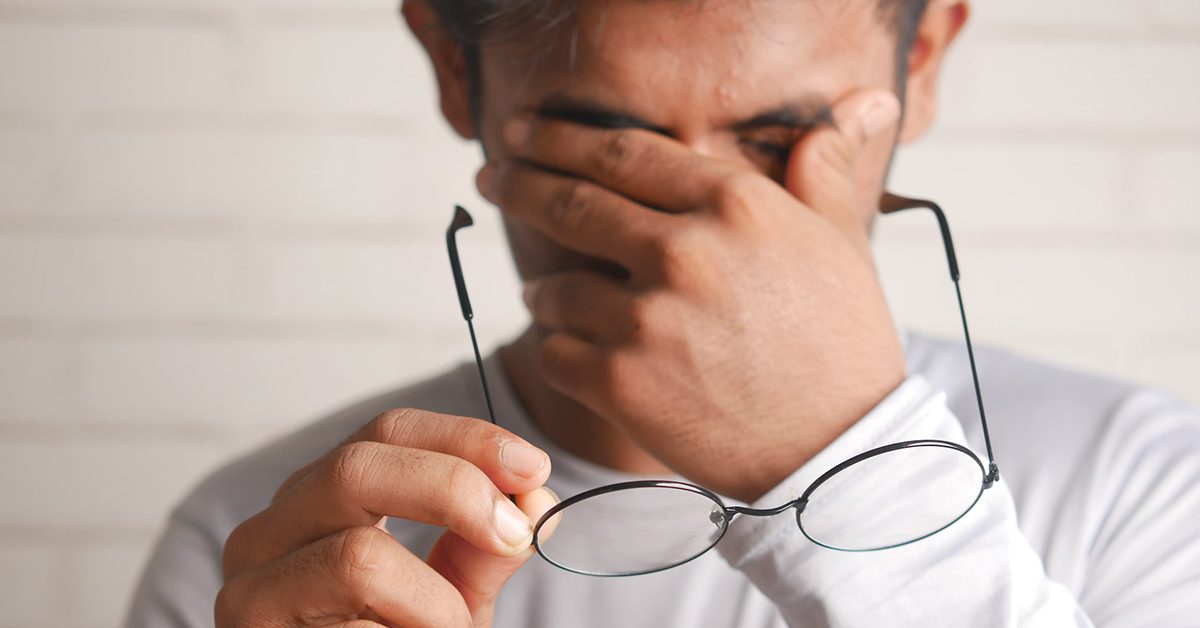The national week aims to build awareness of the health concerns associated with poor eye health and educate people on the importance of eye health and encourage them to go for regular sight tests.
Over 2 million people are living with severe sight loss in UK, and for many of them, sight loss was avoidable. A sight test easily detects the early signs of a range of eye conditions such as glaucoma, which are easily treatable. Sight tests don’t just pick up eye conditions – other health conditions including diabetes and high blood pressure can also be detected.
Workplace eye care is about so much more than just checking that employees can see their computer screen. It can have a positive impact on much of their working role, support their overall health and wellbeing, and could even save their sight.
There are occupational eye health concerns that both employers and employees need to be aware of. Working with technology is becoming even more entrenched in most jobs. Many roles requiring screen time for the majority of the day, so our working life can contribute significantly to amount of exposure we get to screens.
Under the Health and Safety (Display Screen Equipment) Regulations 1992, employers are required to protect all workers who use DSE daily, for continuous periods of one hour or more. The regulations don’t apply to workers who use DSE infrequently or only use it for a short time.
Whilst working with screens is unavoidable for most, there are things you can do to make it safer. By law, an employer must:
- Do a DSE workstation assessment
- Reduce risks, including making sure workers take breaks from DSE work or do something different
- Provide an eye test if a worker asks for one
- Provide training and information for workers
Some practical tips for employees:
- Ensure your workstation is set up correctly: Ensure your screens are well positioned and properly adjusted check your screens are at a suitable height and distance away from you. Having good posture is essential for eye health.
- Eliminate glare and reflections: Make sure lighting conditions are suitable for working, prevent direct sunlight from hitting screens, and ensure overhead lights use the most optimal bulbs.
- Take regular breaks: As difficult as this can be to do consistently, giving your eyes regular breaks from screens can significantly lessen eye strain symptoms. The common 20, 20, 20 rule suggests taking a break of at least 20 seconds, every 20 minutes and to look at least 20 feet away. More information on this can be found at Healthline.
- Improve your lifestyle: Smoking and excessive drinking have been linked with developing vision loss and eye disease. Adopting a healthy lifestyle with a balanced diet and regular exercise can improve your overall health – not just your eyes.



